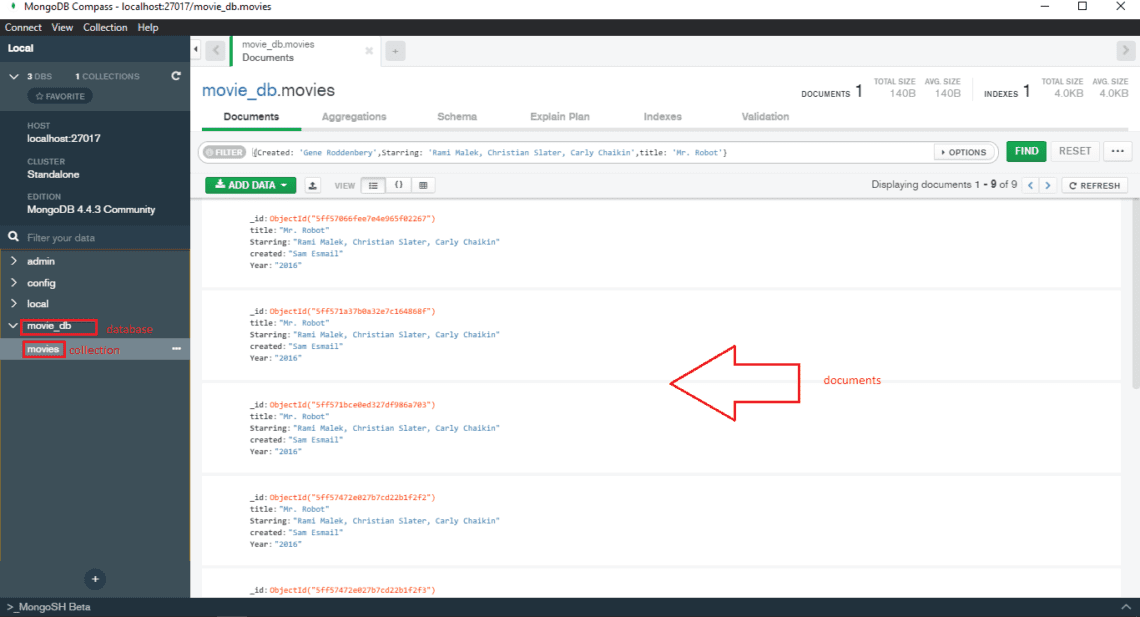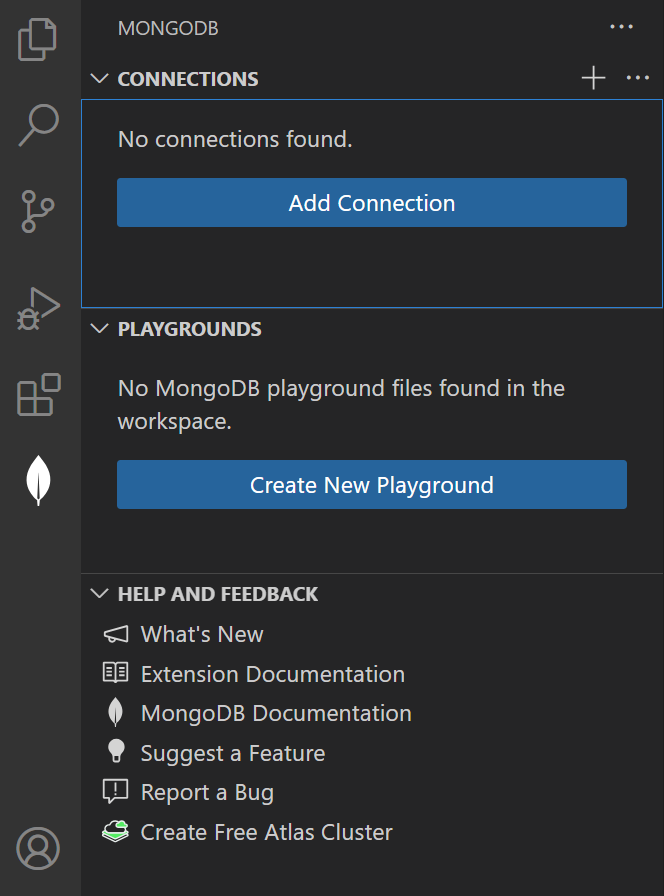
- #PYTHON START MONGODB SERVER HOW TO#
- #PYTHON START MONGODB SERVER INSTALL#
- #PYTHON START MONGODB SERVER DRIVERS#
- #PYTHON START MONGODB SERVER UPDATE#
- #PYTHON START MONGODB SERVER DRIVER#
In this post, I'll describe some of the ideas I had in mind while working through this and, if you want to try this on your own, I can point you to this Jupyter notebook where I work out this example. With this knowledge in hand, a light-bulb went off in my head as I realized I could make use of the new dataclasses implemented as part of Python 3.7 and quickly create a working database with minimal code. While exploring this technology and working on some Python code, I realized how easy it is to convert a standard Python class into a dictionary and how dictionaries readily translate into JSON. This is one particular type of database known as a document-store database and it works primarily by saving JSON formatted 'documents'.
#PYTHON START MONGODB SERVER UPDATE#
Next, let’s update the document and requery the document and see the change.Over the past few weeks, I've been playing a bit with some NoSQL databases, in particular, with MongoDB. To illustrate updating a document with this new “likes” field, let’s first take a look at what an existing document looks like from our previous application’s insertion into MongoDB. For example, let’s assume that our business review application now has the ability for users to “like” a business. The update_one method will update a single document based on a query that matches a document. Similar to insert_one and insert_many there exists functions to help you update your MongoDB data including update_one, update_many and replace_one. In MongoDB you could create 5 separate find queries, execute them and present the results, or you could simply issue a single query using the MongoDB aggregation pipeline as follows:Ī deep dive into the aggregation framework is out of scope of this article, however, if you are interested in learning more about it check out the following URL. However, consider the scenario where you want to sum the occurrence of each rating across the entire data set. MongoDB can easily perform these straightforward queries. Your results may vary since the data was randomly generated but in a test run the value of 103 was returned. Save this file as “mongodbtest.py” and run it from the command line via, “python mongodbtest.py”Īn example output appears as follows: ).count() Replace the “” with your connection string to MongoDB. In your Python development environment or from a text editor enter the following code. Once PyMongo is installed we can write our first application that will return information about the MongoDB server.
#PYTHON START MONGODB SERVER DRIVER#
You can check which version of Python and PyMongo you have installed by issuing “python -version” and “pip list” commands respectively.įor variations of driver installation check out the complete documentation: Note: If you are using the Atlas M0 (Free Tier) cluster, you must use Python 2.7.9+ and use a Python 3.4 or newer.
#PYTHON START MONGODB SERVER INSTALL#
The easiest way to install the driver is through the pip package management system. For a detailed documentation on the driver check out the documentation here.
#PYTHON START MONGODB SERVER DRIVERS#
Install the Python Driverįor this article we will install the Python driver called, “PyMongo”.Īlthough there are other drivers written by the community, PyMongo is the official Python driver for MongoDB. MongoDB Atlas is a hosted database service that allows you to choose your database size and get a connection string! If you are interested in using the free tier follow the instructions in the Appendix section at the end of this article.

You can start working immediately with MongoDB by using a free MongoDB cluster via MongoDB Atlas.


#PYTHON START MONGODB SERVER HOW TO#
In this article, which is aimed at Python developers who are new to MongoDB, you will learn how to do the following: MongoDB has a native Python driver, PyMongo, and a team of Driver engineers dedicated to making the driver fit to the Python community’s needs. You can get started with MongoDB and your favorite programming language by leveraging one of its drivers, many of which are maintained by MongoDB engineers, and others which are maintained by members of the community.


 0 kommentar(er)
0 kommentar(er)
